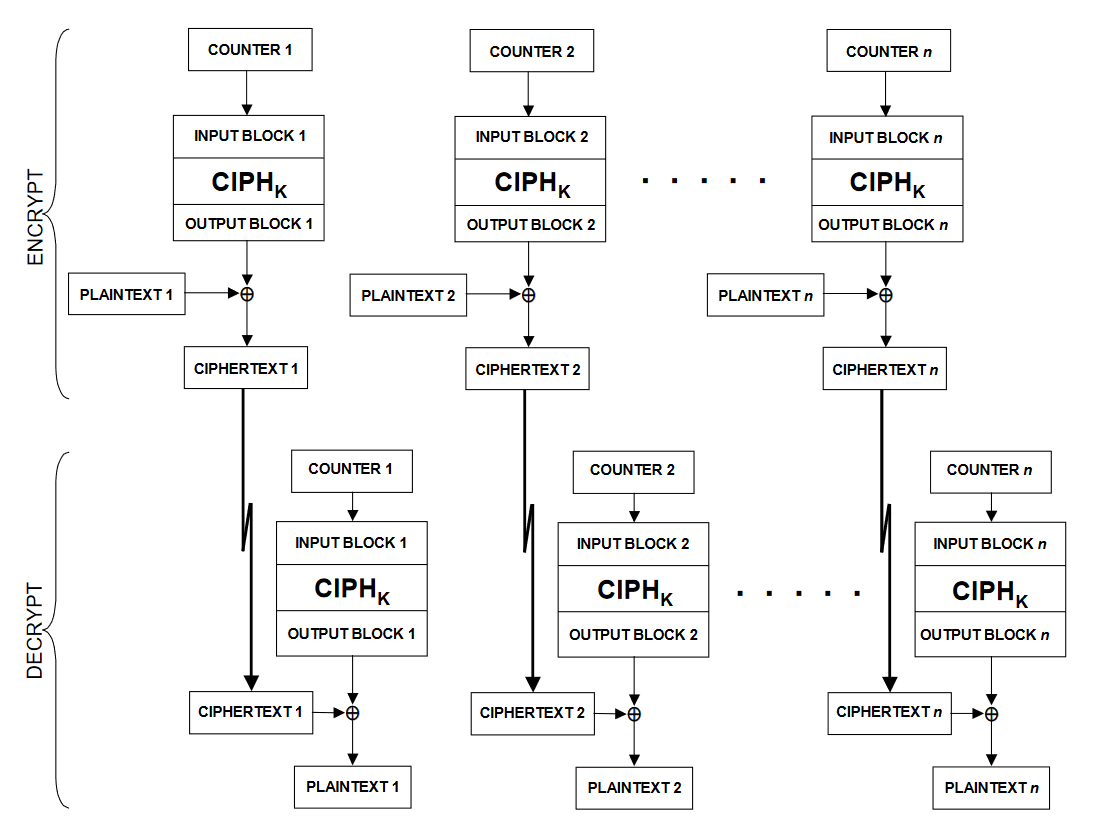Cryptography IP refers to pre-designed, reusable hardware blocks that implement cryptographic algorithms and security protocols within integrated circuits (ICs), System-on-Chip (SoC), microcontrollers (MCUs), and FPGA-based systems. These IP blocks accelerate cryptographic operations, secure communications, protect data, and ensure the integrity and confidentiality of digital systems.
Cryptographic IP is a cornerstone of trusted computing, especially in applications involving secure boot, payment systems, digital rights management (DRM), embedded security, automotive ECUs, and edge AI devices.
Overview
-
Purpose: Accelerate and securely execute cryptographic functions in hardware
-
Used in: SoCs, ASICs, FPGAs, smartcards, trusted platform modules (TPMs)
-
Form factors: Soft IP (RTL), hard IP (GDSII), or firmware-assisted co-processors
-
Complies with: Standards like NIST, ISO, FIPS 140, PSA Certified, Common Criteria
Categories of Cryptography IP
1. Symmetric Cryptography
-
Algorithms: AES, DES, Triple-DES, ChaCha20, SM4
-
Use cases: Secure storage, VPNs, encrypted memory, disk encryption
-
IP Examples:
-
AES-128/256 cores (ECB, CBC, GCM modes)
-
High-throughput AES pipeline cores (up to 100 Gbps+)
-
Low-power, resource-constrained AES for IoT
-
2. Asymmetric Cryptography
-
Algorithms: RSA, ECC, Ed25519, ECDSA, ElGamal
-
Use cases: Secure boot, digital signatures, TLS/SSL, blockchain wallets
-
IP Examples:
-
RSA up to 4096-bit key support
-
ECC cores (NIST, Brainpool, Curve25519, SM2)
-
Hardware accelerators for signature verification
-
3. Hashing and Message Authentication
-
Algorithms: SHA-1, SHA-2, SHA-3, HMAC, BLAKE2, SM3
-
Use cases: Data integrity, password hashing, MACs, secure boot
-
IP Examples:
-
SHA-256/512 engines
-
Keccak (SHA-3) implementations
-
HMAC engines with pre-integrated keys
-
4. Random Number Generators
-
Types: TRNG (True Random Number Generator), DRBG (Deterministic RNG)
-
Use cases: Key generation, entropy provisioning, nonces
-
IP Examples:
-
FIPS-compliant TRNGs based on ring oscillators, jitter
-
Entropy mixing logic and health checks
-
DRBGs (e.g., CTR_DRBG, HMAC_DRBG)
-
5. Public Key Infrastructure (PKI) Acceleration
-
Protocols: TLS, IPsec, IKE, DTLS, SSH, S/MIME
-
IP Features:
-
Modular exponentiation
-
Elliptic curve point arithmetic
-
Certificate parsing (in some high-level crypto cores)
-
6. Post-Quantum Cryptography (Emerging)
-
NIST PQC Candidates: CRYSTALS-Kyber, Dilithium, Falcon
-
Use cases: Quantum-resilient authentication and encryption
-
Status: IP vendors are beginning to offer PQC-ready cores or hybrid implementations
Security Standards Compliance
| Standard | Purpose |
|---|---|
| FIPS 140-2/3 | U.S. government crypto module certification |
| Common Criteria (CC) | Global product security evaluation |
| ISO/IEC 18033 | International crypto algorithm standardization |
| NIST SP 800 Series | Guidelines for RNG, crypto strength, and key management |
| PSA Certified | IoT device security and crypto IP trustworthiness |
| EMVCo / PCI | Secure payment system crypto compliance |
Vendors and Providers of Crypto IP
| Vendor | Notable Crypto IP Features |
|---|---|
| Rambus | Full crypto suite including FIPS-compliant TRNGs, AES, RSA, ECC |
| Synopsys | DesignWare cryptography accelerators, security subsystems |
| Cadence | Crypto cores with low-latency MAC/ENC/DEC support |
| Arctic Sand / Secure-IC | Hardware root of trust (RoT), tamper resistance |
| Silex Insight | Flexible crypto IPs with secure key management |
| CryptoQuantique | Quantum-driven secure entropy sources |
| OpenTitan | Open-source root of trust including AES, SHA, HMAC, ECC |
| SiFive | Secure RISC-V cores with crypto extensions |
Integration in SoCs and Secure Systems
Cryptographic IP is typically integrated in:
-
Secure Subsystems: Hardware Root of Trust, Secure Enclave
-
Trusted Execution Environments (TEE): e.g., Arm TrustZone, Keystone (RISC-V)
-
Secure Boot Chains: From ROM code through verified OS launch
-
IoT Devices: Device attestation, TLS/DTLS endpoints
-
Automotive ECUs: Secure CAN, secure OTA updates
Design Considerations
| Concern | Notes |
|---|---|
| Area and Power Trade-offs | Important in IoT and wearables |
| Latency vs Throughput | TLS handshake vs real-time media encryption |
| Side-Channel Resistance | Prevent timing, power, and EM attacks |
| Secure Key Storage | Integration with PUFs, OTP, or secure SRAM |
| Compliance Requirements | FIPS validation may restrict design flexibility |
Verification and Validation
-
Functional Verification: Test against known-answer tests (KATs)
-
Formal Verification: Applied to critical modules (e.g., RSA core)
-
Security Testing:
-
Fault injection resistance
-
Differential power analysis (DPA) resistance
-
Randomness quality for TRNGs (NIST SP 800-90B)
-
Emerging Trends
-
Post-Quantum Cryptography IP adoption (hybrid RSA+Kyber)
-
Lightweight Crypto IPs for ultra-low-power SoCs (e.g., ASCON, SPECK)
-
Crypto-as-a-Service using IP-managed secure enclaves
-
Open-source crypto IPs under active development for RISC-V and edge platforms
-
Hardware Security Modules (HSM) integration in edge and automotive SoCs













Quantum Computing Technologies and Challenges